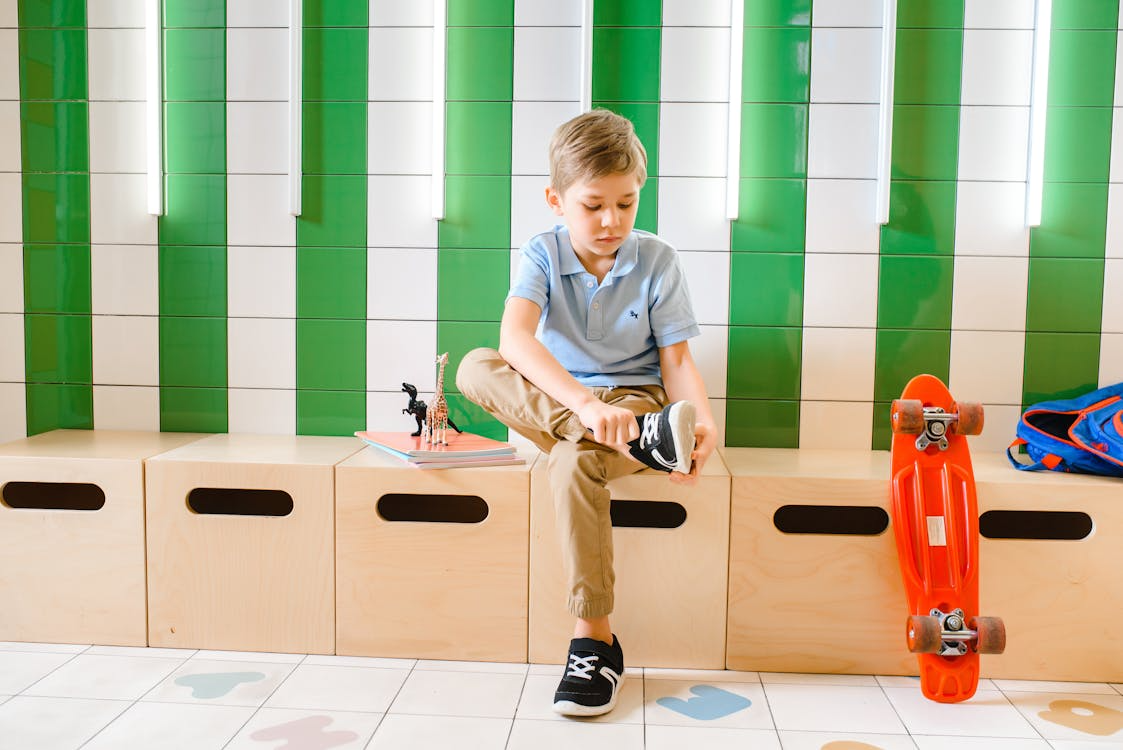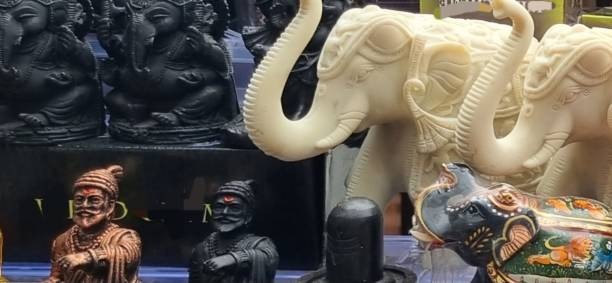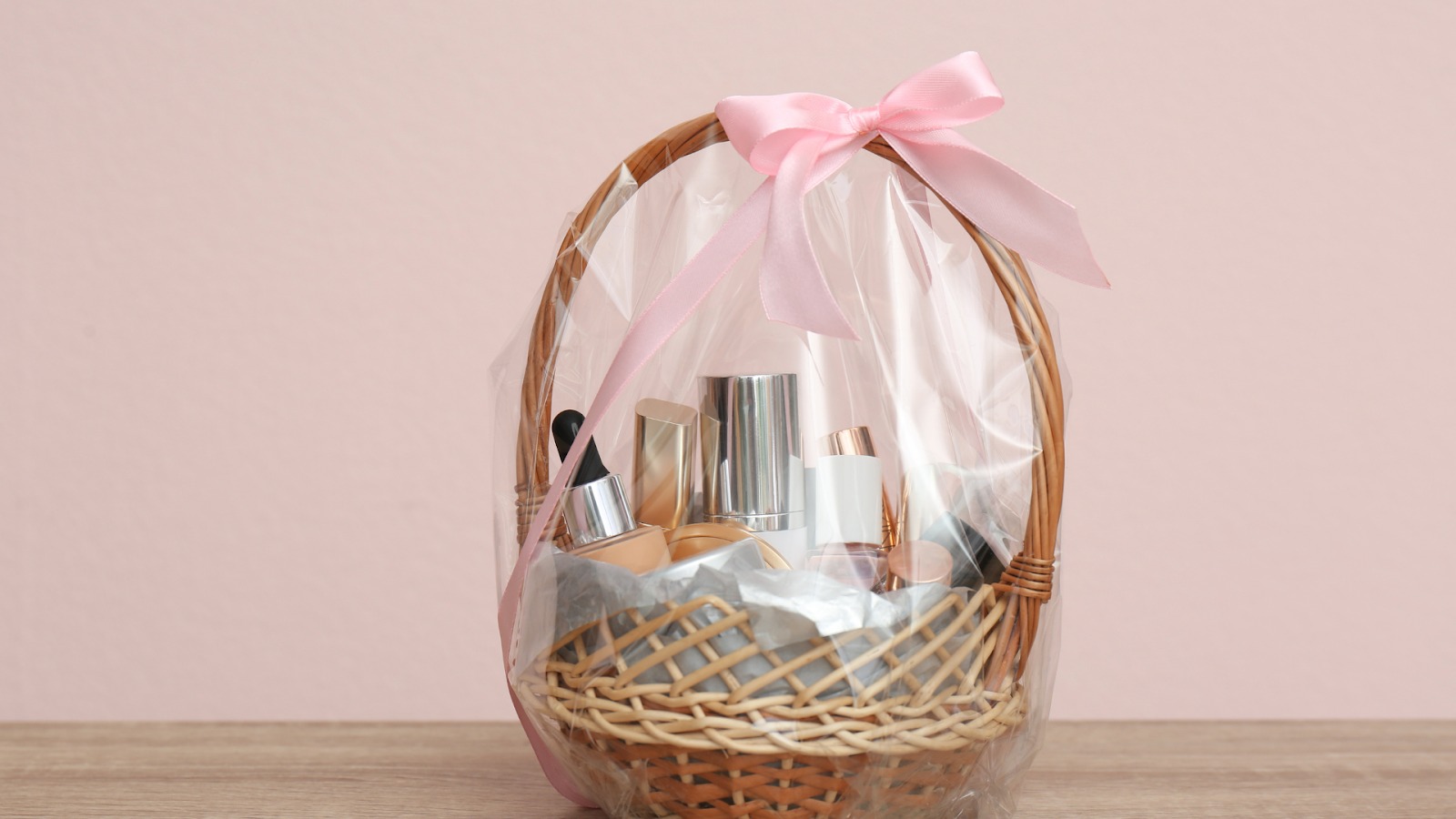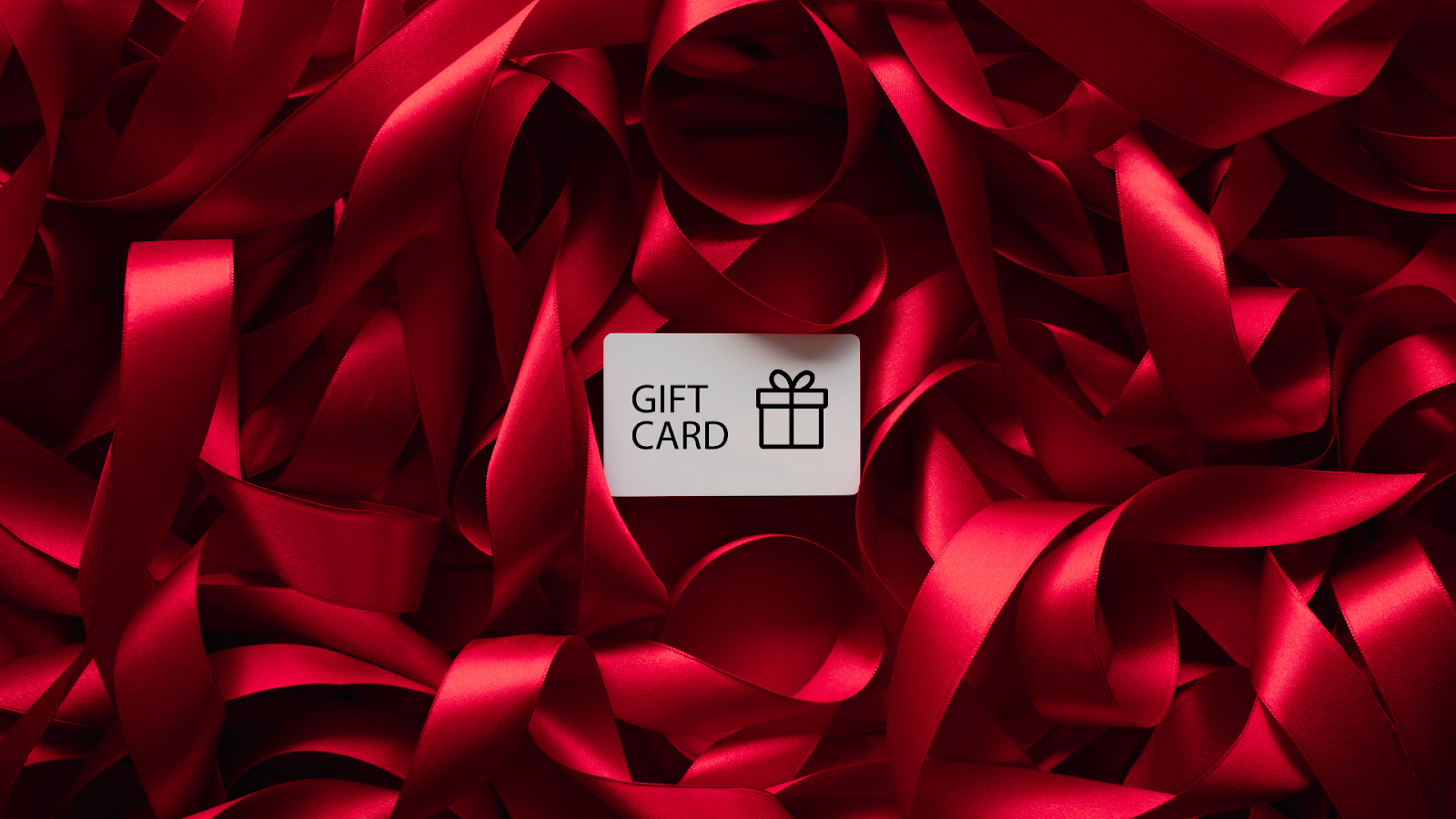Introduction to Gongfu Tea
Gongfu tea is a traditional Chinese ceremony, over 1,000 years old, known for its careful process and deep appreciation of tea flavors and aromas. "Gongfu" means "skill" or "effort," emphasizing the precision required. The ceremony uses smaller teapots and cups than Western styles, focusing on extracting tea essence through multiple infusions for a richer flavor. A gongfu tea set includes a teapot, a fairness cup, small tasting cups, a strainer, and often a tray and utensils. It emphasizes mindfulness and artistry, with deliberate steps from warming vessels to precise steeping, resulting in a tea that is enjoyed over several short infusions. For those interested in embarking on their own gongfu tea journey, many online resources and specialty shops offer complete sets and guidance. One such website, teasetbox.com, provides an array of beautiful and functional gongfu tea sets perfect for both beginners and seasoned tea enthusiasts. Embracing gongfu tea allows one to explore a deeper connection to the art of tea and enjoy a calming ritual that enhances everyday life.
Essential Components of a Gongfu Tea Set
A gongfu tea set is more than just a collection of items; it's an ensemble that brings the gongfu tea ceremony to life, allowing one to fully appreciate the rich tapestry of flavors and aromas in every sip. Each component has its unique role, contributing to a harmonious and refined tea experience. Let’s delve into the essential components of a gongfu tea set.
1. The Teapot
At the heart of any gongfu tea set is the teapot, often smaller than Western versions to accommodate the multiple short infusions that define the gongfu style. Traditionally made from Yixing clay or porcelain, these teapots are known for their ability to retain heat and enhance the tea's flavor. The size, shape, and material of the teapot can influence the tea's taste, with some enthusiasts having different teapots for different types of tea.
2. The Fairness Cup (Cha Hai)
The fairness cup, or cha hai, is a crucial component that ensures even flavor distribution. After the tea is brewed, it is poured into the fairness cup before being served to each guest. This process helps to mix the tea thoroughly, so every cup poured afterward has a consistent flavor profile, avoiding any bitterness from over-brewing.
3. Tasting Cups
In contrast to large Western tea mugs, gongfu tea tasting cups are small and delicate, designed to encourage mindful tasting. These cups allow tea drinkers to savor each sip and appreciate the nuances of flavor and aroma. Typically, a set will contain multiple tasting cups, allowing for a communal tea experience.
4. Strainer
A strainer is often placed over the fairness cup to catch any tea leaves or particles, ensuring a clear brew. While not always used in traditional settings, strainers can be particularly helpful for those new to the gongfu method or when using teas with smaller leaves.
5. Tea Tray
A tea tray serves as both a functional and aesthetic part of the setup. Typically made from bamboo, wood, or ceramic, it catches spills and water overflows, keeping the tea space tidy. Many tea trays come with a drainage system, making the process smooth and enjoyable.
6. Utensils
Gongfu tea sets often include a range of utensils that aid in the brewing and serving process. These might include:
Tea Scoop: Used for measuring and transferring tea leaves.
Tea Tongs: Useful for handling hot cups and lids or arranging leaves in the pot.
Tea Needle: Used to unclog the teapot spout or arrange tea leaves.
7. Tea Pet
While not a functional part of the brewing process, a tea pet is a small clay figurine placed on the tea tray. It is a whimsical touch appreciated in gongfu tea culture, often bathed with the first rinse of tea as a gesture of hospitality and tradition.
By understanding and utilizing each component of the gongfu tea set, tea enthusiasts can create an immersive and meaningful tea ceremony that enriches the senses. Each piece plays a role in highlighting the delicate dance between tea leaves, water, and the art of brewing, allowing for a profound connection to the ancient traditions of gongfu tea.
Gaiwan vs. Yixing Teapot
In the world of gongfu tea preparation, both the Gaiwan and the Yixing Teapot are revered vessels, each offering unique benefits and catering to different preferences and types of tea. Understanding their distinctions can enhance one's tea brewing experience significantly.
1. Gaiwan: Versatility and Simplicity
The Gaiwan, also known as a lidded bowl, consists of three parts: a lid, a bowl, and a saucer. Traditionally made of porcelain or glass, it is highly appreciated for its versatility. The Gaiwan is suitable for brewing a wide range of teas, from delicate green and white teas to aromatic oolongs and even some black teas. Its smooth surface does not retain aromas or flavors, making it an excellent choice for those who enjoy variety in their tea selections.
Using a Gaiwan requires a bit of dexterity, as the lid acts as both a cover and a tool to hold back the leaves while pouring. The transparent nature of some Gaiwans allows tea enthusiasts to appreciate the unfurling leaves and the changing color of the brew. Its open design also makes it easier to control the steeping time, allowing for quick adjustments based on taste preference.
2. Yixing Teapot: The Artisan’s Choice
Originating from the Yixing region in China, Yixing Teapots are handcrafted from a unique clay called Zisha, known for its porous quality that absorbs tea oils over time. This characteristic makes the Yixing Teapot ideal for dedicated brewing of a specific type of tea, most commonly oolongs, pu-erhs, or black teas, as it enhances their flavors and aromas with each use.
Unlike the Gaiwan, the Yixing Teapot is not interchangeable among different tea types; once seasoned with a particular tea, it should only be used for that variety to preserve the purity of flavors. The craftsmanship of Yixing Teapots is highly celebrated, with artisans often creating intricate designs that make them as much a work of art as a functional brewing vessel. The clay’s ability to maintain heat also aids in extracting deeper flavors from the leaves.
3. Choosing Between the Two
The choice between a Gaiwan and a Yixing Teapot largely depends on personal preferences and one's tea journey. A Gaiwan is ideal for those who value flexibility and the opportunity to explore various tea types without committing to one in particular. It is a tool for experimentation and developing a nuanced palate.
Conversely, a Yixing Teapot is suited for those who have found a favorite tea and wish to deepen their connection with it, benefiting from the evolving flavor profile that the clay provides. It is for the tea drinker seeking a more intimate and specialized brewing experience.
Ultimately, both the Gaiwan and Yixing Teapot offer unique advantages, and many tea aficionados find value in having both as part of their gongfu tea sets. Whether seeking the adaptability of the Gaiwan or the richness of the Yixing’s seasoned brew, both vessels enhance the gongfu tea experience, each bringing a touch of tradition and artistry to the ceremony.
Tea Cups and Aroma Cups
In the gongfu tea ceremony, the role of tea cups goes beyond mere functionality, reflecting centuries of tradition and cultural nuance. Two distinct types of cups are commonly used: the tea cup, often referred to as a tasting cup, and the aroma cup, each serving a unique purpose in enhancing the tea-tasting experience.
1. Tea Cups
Tea cups used in gongfu cha are typically small, holding just a few sips of tea at a time. This size aligns with the gongfu style's emphasis on savoring each infusion's distinct flavor profile, allowing the tea drinker to fully appreciate the subtlety and complexity of the tea. The cups are usually made of porcelain or ceramic, offering a neutral surface that doesn't interfere with the tea's taste. The design of the tea cup can vary from minimalist styles to elaborately decorated pieces, often reflecting the aesthetics of the region from which they originate.
2. Aroma Cups
Aroma cups, on the other hand, are uniquely designed to heighten the aromatic experience of the tea. Taller and narrower than the tasting cups, aroma cups are used to capture and concentrate the tea's fragrance. During the ceremony, tea is initially poured into the aroma cup before being transferred to the tasting cup. Once the tea is poured out, the drinker lifts the aroma cup to their nose, inhaling the tea's bouquet. This step is crucial in fully experiencing the tea, as aroma significantly influences the perception of flavor.
3. The Harmonious Duo
Together, the tea cup and aroma cup engage multiple senses, transforming a simple act of drinking into a rich, sensory experience. By isolating and amplifying the aromas before tasting, participants develop a more profound appreciation for the tea's character. The use of both cups exemplifies the gongfu tea tradition's emphasis on mindfulness and presence, urging tea drinkers to immerse fully in the moment.
In conclusion, the combination of tea cups and aroma cups in a gongfu tea set not only serves a practical purpose but also enriches the overall experience, enhancing the journey from scent to sip. This thoughtful pairing underscores the cultural richness and etiquette inherent in the gongfu tea ceremony, making it a treasured ritual for tea lovers worldwide.
Tea Tray and Accessories
The tea tray serves as the foundation for the gongfu tea ceremony, embodying both practicality and aesthetic appeal. Its purpose extends beyond merely holding the teaware; it functions as a stage where the artful ritual unfolds. Crafted from materials such as bamboo, wood, or even stone, each tea tray is a blend of craftsmanship and functionality, designed to capture any water or tea that spills during the ceremony. This design ensures cleanliness and order, allowing participants to focus wholly on the tea-making process without distraction.
1. Essential Accessories
In addition to the tea tray, a gongfu tea set often includes a variety of essential accessories that enrich the brewing experience:
Tea Scoop: Used to measure and transfer loose tea leaves with precision, ensuring the ideal quantity for each session. Tea scoops are often crafted from materials like bamboo or wood and can range from simple designs to more ornate pieces.
Tea Tongs: These are employed to hygienically handle teacups and other small pieces of teaware during the ceremony, maintaining cleanliness and etiquette.
Tea Needle or Pick: This tool is essential for clearing the teapot’s spout if it becomes blocked with leaves, ensuring a smooth pour every time.
Tea Cloth: A small, absorbent cloth is used to wipe away any water spills that may occur during the tea preparation, keeping the tea space tidy.
Fairness Cup (Gong Dao Bei): This intermediary vessel is used to ensure that the tea is evenly distributed among all the tasting cups, so each person experiences the same strength of brew.
2. The Aesthetic Consideration
The selection of a tea tray and its accessories often reflects the tea drinker’s personal style and affinity for certain cultural aesthetics. Whether minimalistic or ornately designed, these elements can significantly influence the ambiance of the tea ceremony. Some tea enthusiasts choose pieces that reflect their heritage or personal artistry, creating a deeply personalized tea experience.
3. Beyond Functionality
While the practical role of the tea tray and accessories is clear, their symbolic presence holds equal importance. They represent the discipline, respect, and mindfulness inherent in the gongfu tea tradition. This thoughtful preparation and attention to detail not only respect the tea itself but also honour the participants and the shared moments of tranquility and connection.
In essence, the tea tray and its accompanying accessories serve as more than mere tools for tea preparation; they are integral components of the gongfu tea ceremony, contributing to the ritual's elegance and poise. This harmonious blending of utility and artistry defines the gongfu tea experience, inviting practitioners to engage fully with the history, culture, and sensory delight of tea.
Selecting the Right Tea
Choosing the right tea is a crucial component of the gongfu tea ceremony, as it significantly affects the overall experience. The selection process is both an art and a science, requiring knowledge of different tea types and an understanding of personal preferences. Here’s a guide to help you navigate this essential step.
1. Understanding Tea Varieties
The gongfu tea ceremony traditionally features a variety of teas, each offering distinct flavors and aromas. Some popular types include:
Oolong Tea: Often regarded as the quintessential choice for gongfu cha, oolong provides a rich and complex flavor profile that can be appreciated over several infusions. Known for its floral and fruity notes, this partially oxidized tea is a favorite for showcasing the intricacies of gongfu brewing.
Pu-erh Tea: This fermented tea is beloved for its earthy and mellow flavors. Its unique aging process means pu-erh can improve over time, offering a taste journey that evolves with each session.
Green Tea: While more delicate than other options, green tea can be a refreshing choice if brewed carefully. Its grassy and sometimes sweet characteristics can be particularly delightful when exploring the subtleties of gongfu preparation.
White Tea: Known for its subtlety, white tea provides a gentle, light experience that emphasizes the purity of the leaves. Its minimal processing showcases the natural flavors and is ideal for those who appreciate more understated notes.
2. Considering Personal Preferences
When selecting tea for a gongfu session, one should also consider personal taste preferences and those of the participants. Preference in flavor strength, aroma, and even the desired energy effects of the tea (for example, some teas are known for their calming properties, while others are more invigorating) should guide the choice.
3. Experimentation and Exploration
The beauty of the gongfu tea ceremony lies in its potential for discovery. Don’t hesitate to experiment with different tea varieties and sources. High-quality leaves from reputable tea farms or vendors will often yield the most satisfying results, offering layers of flavor that transform across multiple infusions.
Choosing the right tea for gongfu is a blend of tradition, personal taste, and curiosity. Whether you opt for a classic oolong, a robust pu-erh, or a delicate white tea, each session becomes an opportunity to deepen your appreciation for this timeless practice. In the end, the right tea is the one that resonates with you and enhances the shared experience, making each gongfu tea ceremony uniquely memorable.
The Brewing Process: Mastering the Art
The gongfu tea ceremony is as much about mindfulness and mastery as it is about savoring the final cup. Each step in the brewing process is intentional to maximize the flavor and aroma of the tea. Here, we explore the essential stages of the gongfu brewing process, along with tips to refine your practice.
1. Preparation of Tools and Environment
To begin, ensure your tea tools and environment are set up for a seamless brewing session. A typical gongfu tea set includes a gaiwan or small teapot, a fairness cup, a set of small tasting cups, a tea tray or board for catching spills, and various tools such as tea tongs and a tea scoop. The surrounding area should be kept clean and clutter-free to enhance focus and appreciation of the tea's subtle nuances.
2. Water: The Unsung Hero
The quality and temperature of the water used can deeply influence the tea's flavor profile. Use fresh, filtered water and adjust the temperature depending on the type of tea: generally, greener teas require cooler waters (around 160°F to 175°F or 70°C to 80°C), while darker teas like oolong or pu-erh can be steeped in hotter water (around 190°F to 205°F or 90°C to 96°C).
3. Warming and Rinsing the Tea
Start by warming your teaware with hot water. This primes the vessels for even steeping. Next, rinse the tea leaves with a quick splash of hot water, which should be immediately poured out. This quick rinse cleans the leaves and allows them to begin unfurling, releasing initial aromas and loosening the leaves for subsequent infusions.
4. The Art of Steeping
The essence of the gongfu ceremony lies in the artful steeping of tea through multiple infusions. For the first infusion, allow the leaves to steep briefly, typically for 10 to 20 seconds, before pouring the tea into the fairness cup to ensure an even mix. Each subsequent infusion can be increased by a similar amount of time, which allows the complex flavors to unfold gradually.
5. Pouring and Savoring
Pour the tea from the fairness cup into each of the small tasting cups, ensuring equal share of taste and aroma for all participants. Take a moment to admire the tea's color and inhale its fragrance. Small, deliberate sips are encouraged to fully appreciate the intricate flavor profiles and textures that unravel with each infusion.
6. Mindfulness and Adjustment
Throughout the process, stay mindful and attentive. Each session is an opportunity to refine your methods. Adjust the leaf quantity, water temperature, and steeping time according to the specific type of tea and your personal taste preferences. Mastery is a journey, inviting ongoing experimentation and discovery.
The mastery of gongfu tea brewing is a lifelong pursuit that blends technical skill with intuitive understanding. Through practice, each gongfu session not only becomes an expression of traditional artistry but also a deeply personal experience that evolves with every cup. As you continue to refine your technique, you’ll find the simple act of brewing transforms into a deeply enriching ritual.
Conclusion
Embracing gongfu tea goes beyond brewing; it's a dive into tradition, fostering mindfulness, patience, and tea appreciation. Each session is a discovery journey of flavors and aromas. Whether new or experienced, gongfu allows endless exploration of teas, temperatures, and steep times. It builds a deeper tea connection through skill and nuanced understanding. This ceremony prompts a pause, nurturing presence, and enhancing well-being, embedding calm rituals into daily life. Gongfu tea enriches tea culture understanding and self-discovery, highlighting journey rewards and mastery. It's an invitation to slow down, connect with tradition, and savor each sip with gratitude.




Want to add a comment?